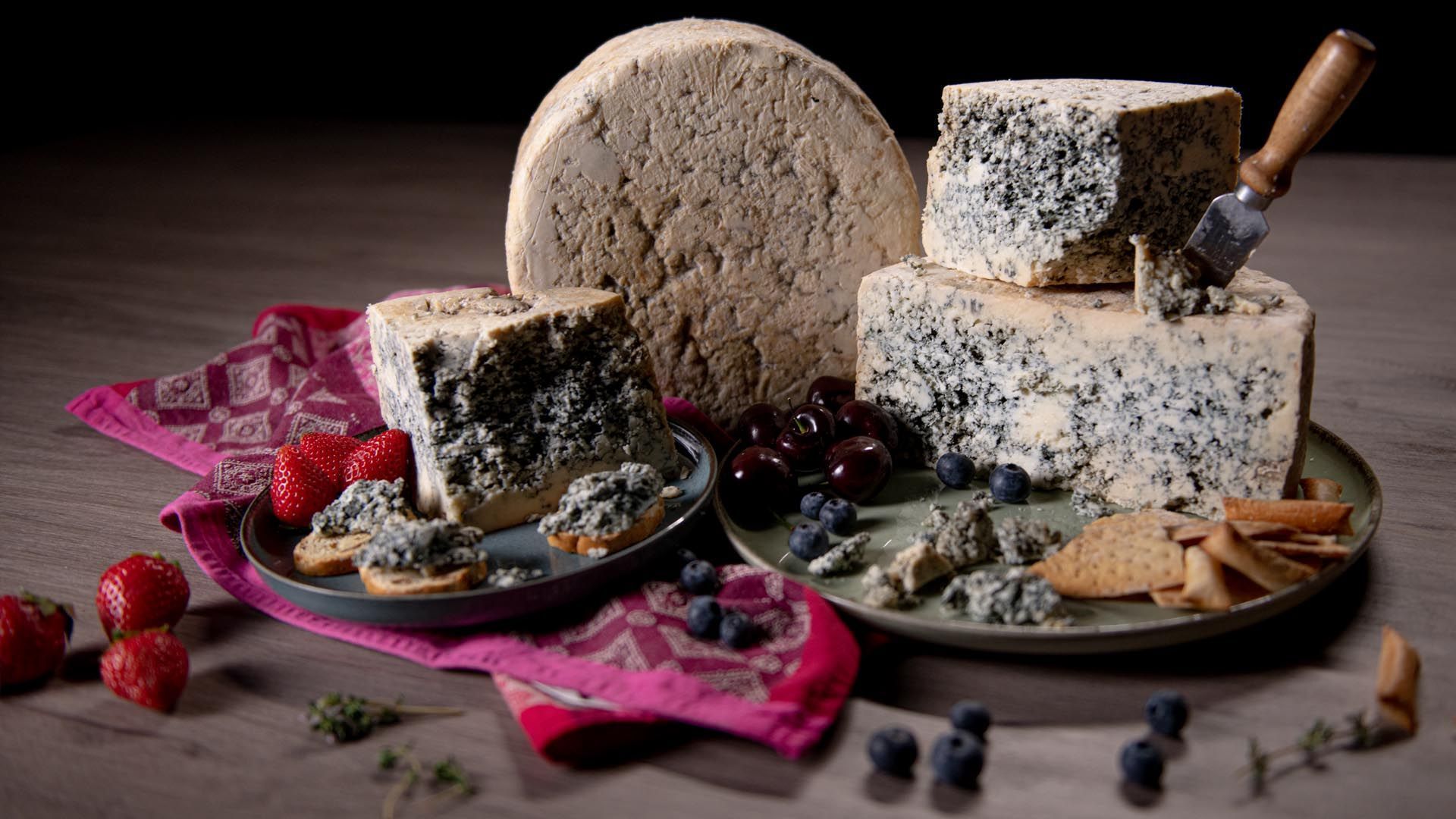The history of European blue cheese – made from cow's milk, or a blend of cow's, sheep's and goat's milk – is steeped in tradition, culture and flavour, according to InLac.
The EU is a world cheese power and Spain plays a prominent role, occupying the seventh position among the largest cheese producers in Europe. This country has the largest sheep herd and the second largest goat herd, while consolidating itself among the top ten largest producers of cow's milk. Its production methods are remarkable, promoting economic, social and environmental sustainability in rural areas. Among these possibilities, blue cheeses are especially linked to the development of these high mountain territories.
Known for its peculiar blue streaks and the mold of its rind that is part of its hallmark, this intensely flavored cheese is high in calcium – a key nutrient for keeping bones strong – and is a source of high-quality protein, vitamin B12 and phosphorus. The bacteria present in the fermentation of blue cheese help maintain a healthy balance of intestinal flora, in addition to antioxidant properties.
In the USA, they are not the best known or the most marketed at the moment, but the truth is that every day new horizons are opening up for premium cheeses such as the famous blue cheese, very popular and emblematic in the producing regions of Asturias and Cantabria. Some of these productions have differentiated quality figures, which are prestigious seals granted by the EU that support their history and link with the territory, with its farmers, cooperatives and manufacturers. Among the prestigious European blue cheeses, the Gamonéu PDO, the Azul de Valdeón PGI or the renowned Cabrales PDO stand out.
"In Europe, high standards of quality, traceability, food safety and animal welfare are guaranteed, so that we have a unique cheese production system that is among the most prestigious in the world. Blue cheeses are part of our cultural, rural, gastronomic and historical heritage," as the president of the Spanish Interprofessional Dairy Organization (InLac), Daniel Ferreiro, points out, within the framework of the "Cheestories" dissemination campaign, co-financed by the EU.
But do we know these jewels of European gastronomy? The Gamonéu PDO cheese is one of the varieties of blue cheeses in Asturias, perhaps one of the tastiest, best-known and oldest. It’s a fatty, matured cheese, with a natural rind, made with cow's, sheep's and goat's milk, or with a mixture of two or all three of these types, slightly smoked and with slight outcrops of penicilliun on the edges. The PDO Cabrales cheese is also typical of Asturias -the area of production of this product includes the Council of Cabrales and some villages of the Council of Peñamellera Alta-, with an unmistakable flavor and an intense aroma, due to the mixture of cow's, sheep's and goat's milk.
On the other hand, the picón cheese (PDO Picón Bejes-Tresviso) is produced in the region of Liébana (Cantabria) and is characterized by its uneven consistency, having an equally spicy flavor. It stems from a high-mountain territory in some of its areas, shared among several valleys, which converge in the center towards the municipality of Potes. Meanwhile, the PGI Azul de Valdeón cheese is also made with cow's milk or with a mixture of cow's with sheep's and/or goat's milk from the municipality of Posada de Valdeón (León). Azul Valdeón Cheese is one of the star products of the delicious gastronomy of the province of León, marked by its intense, salty and spicy flavor; and for its aroma, that ranges from slightly acidic or lactic, to fruity and aromatic.
In 2023, Spain exported more than 8,700 tons of cheese -worth more than 105 million euros- to the US, a country that is consolidating its position as one of the world's leading markets for the dairy sector, opening up new opportunities for new references with great personality, such as blue cheese. The three-year Cheestories promotional campaign includes dissemination actions in New York, Phoenix, Florida, Las Vegas, Miami and Chicago, and has set out to increase the level of knowledge about the benefits of our cheeses, marked by the high production standards in force in the European Union, enhancing their characteristics in terms of quality, taste, traceability, food safety and animal welfare.





